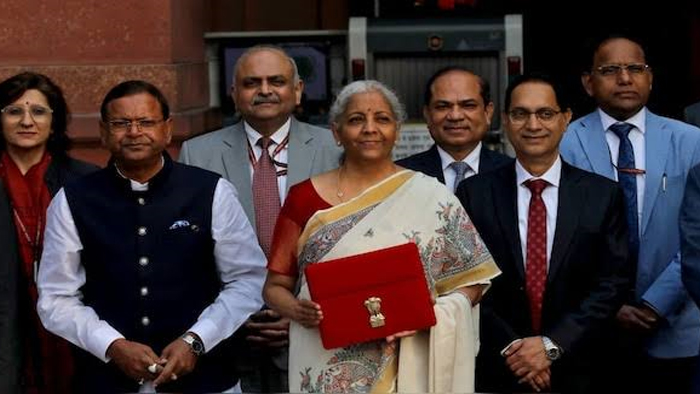Union Budget 2025: No Tax Payable For Upto 12 Lakhs Income

The Union Budget 2025 has introduced significant changes to the income tax structure, aimed at providing relief to the middle class and boosting economic growth. A major highlight is the exemption of income up to ₹12 lakh from taxation, along with a standard deduction of ₹75,000 for salaried individuals. These changes are expected to increase disposable income and stimulate consumer spending.
Under the revised tax slabs, income between ₹8 lakh and ₹12 lakh will now be taxed at 10%. For incomes above ₹12 lakh, the tax rates will be progressive, with higher rates applied to higher income brackets. The adjustments aim to alleviate the tax burden on middle-income earners while ensuring revenue generation for the government.
Additionally, the basic income tax exemption limit has been raised from ₹3 lakh to ₹4 lakh under the new tax regime. This change ensures that individuals earning up to ₹4 lakh annually will not have to pay any income tax, further benefiting low-income earners. The move is expected to improve financial security for a large section of taxpayers.
These tax reforms are part of a broader strategy to boost domestic demand and economic activity. By increasing the disposable income of taxpayers, the government aims to encourage spending, which is a key driver of economic growth. The changes are particularly relevant in the current global economic climate, where consumer demand plays a crucial role in sustaining financial stability.
Beyond tax reforms, the budget includes initiatives to support various sectors of the economy. A new national mission has been launched to enhance agricultural productivity, with an increased subsidized credit limit for farmers. These measures are intended to strengthen the agricultural sector, improve rural livelihoods, and ensure food security.
The budget also emphasizes boosting manufacturing and exports. With a focus on improving the ease of doing business, the government aims to enhance the competitiveness of Indian industries in the global market. Strategic policy changes and investment incentives have been introduced to attract foreign investments and encourage domestic industrial growth.
Infrastructure development remains a key priority, with significant investments planned for transportation, energy, and digital infrastructure. These investments are expected to create jobs, enhance connectivity, and drive long-term economic expansion. Infrastructure growth is essential for sustaining high economic growth rates and improving overall quality of life.
The budget also includes increased allocations for healthcare and education. Strengthening the healthcare system and expanding access to quality education are central to the government’s long-term development strategy. Special attention is being given to rural healthcare and digital learning initiatives to bridge existing gaps in these sectors.
On the fiscal front, the government has projected a fiscal deficit of 4.4% of GDP for the upcoming financial year.
To manage this, borrowing plans amounting to ₹14.82 trillion have been outlined. The government remains committed to fiscal prudence while ensuring adequate funding for developmental projects.
Overall, the Union Budget 2025 presents a well-rounded plan to support economic growth, provide tax relief, and invest in key sectors.
The proposed tax reforms are expected to benefit millions of taxpayers, improve financial stability, and contribute to a stronger economic outlook. Stakeholders across various industries will be closely monitoring the implementation and impact of these changes in the coming months.